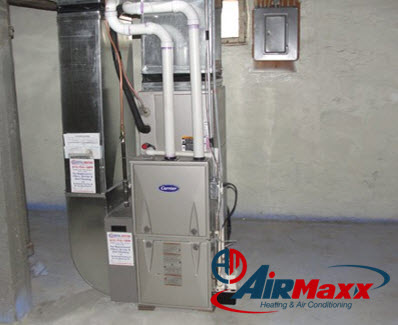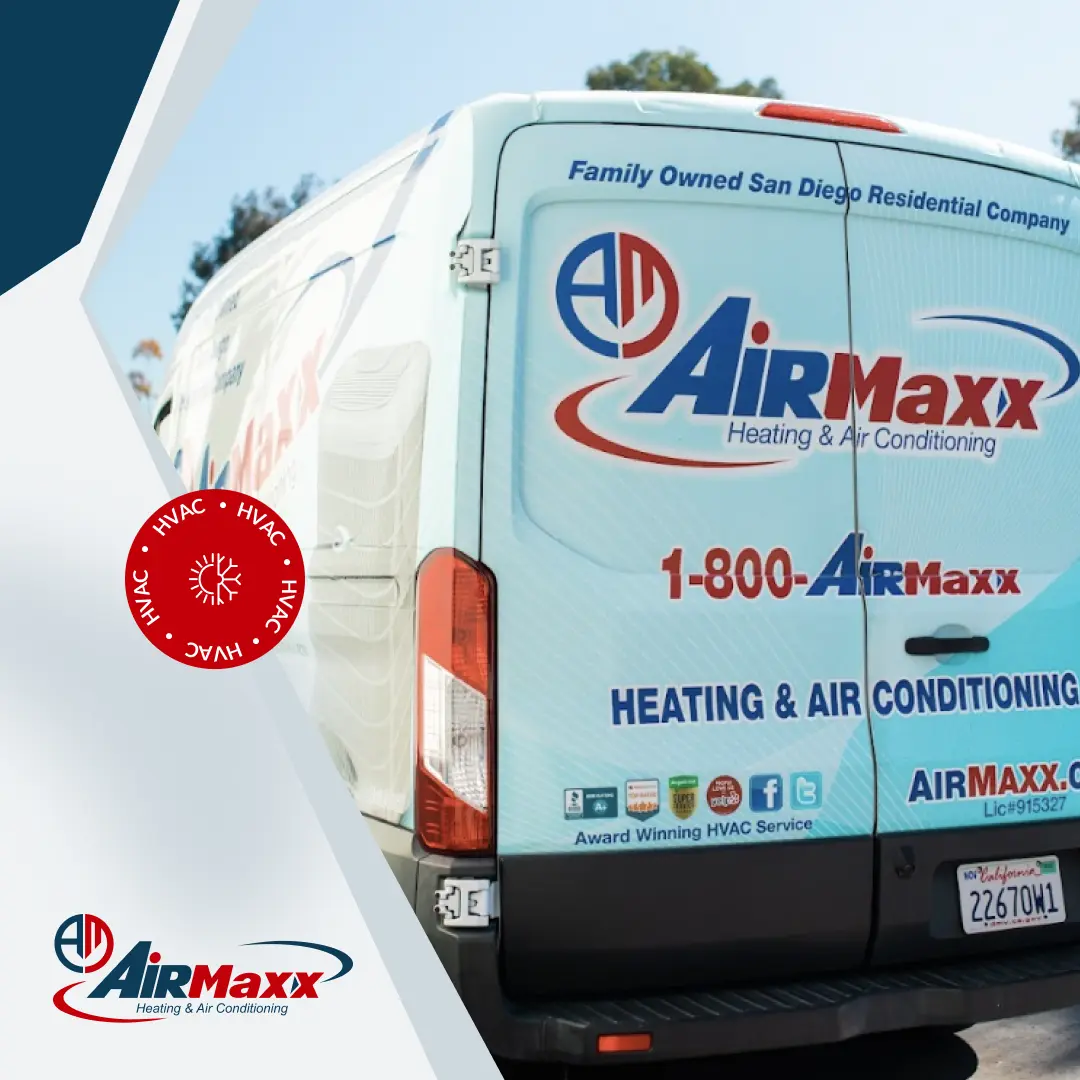There comes a time in every homeowner’s life when they have to replace their household furnace. A furnace is a costly investment but can last a long time when properly maintained. Today’s modern furnace has a longer lifespan and offers more energy efficiency too. The savings on annual utility costs often encourage homeowners to upgrade.
However, before a homeowner picks their new Carrier furnace, there are certain items to consider.
The Age of the Current Furnace
An upgrade to a modern unit will save a homeowner on utility costs, however replacing their existing furnace too early could reduce cost-efficiency. Before investing in a new system, owners should evaluate how old their current system is. Most furnaces can last 15 to 20 years before requiring replacement. If one is significantly newer, then the homeowner may wish to wait rather than endure the costs of a replacement.
If a newer furnace no longer has its manufacturer warranty (which typically lasts five to 10 years), and they have encountered numerous repairs, then it may be worth the cost to upgrade to a new model.
The Fuel Source
Not all furnaces use the same fuel source. Typically, a furnace runs on gas or oil, with some homes offering both hookups.
Newer furnaces all come equipped with a higher annual fuel utilization efficiency (AFUE) than older models. However, gas furnaces are more efficient than oil ones. Gas models carry AFUE ratings of 85 to 94 percent.
However, oil furnaces do have advantages as well. If the oil market is healthy, the cost to fuel an oil-run furnace could be cheaper.
No matter what, a homeowner will notice fluctuations in fuel costs to operate their household furnace.
Variable Speed Blowers or Not?
Technology for furnaces has certainly advanced over the past few years. One of the latest additions to Carrier furnaces as well as other manufacturers is the variable speed blower.
Variable speed blowers can run smoothly, utilize less operating energy, and keep the home at a consistent temperature. Variable speed blowers also operate at low speeds throughout the day, keeping costs low. When the furnace needs to heat up a home, it will kick back on and heat quickly.
Furnaces without variable speeds must start up, which takes more energy, and it takes longer to heat the home.
Zoning Systems
Some homes have inadequate ductwork to heat consistently throughout the house. In addition to a Carrier furnace, some homeowners may opt for zoning systems in individual rooms of the house. For example, basements that tend to remain cold regardless of upper floor temperatures could benefit from a secondary zoning system. This allows the homeowner to only heat those rooms in the basement (as needed). It reduces energy costs trying to heat the entire house and allows those in basement quarters to adjust temperatures to their comfort level.
Thermostat Replacements
Most new furnaces can operate on the existing thermostat. However, there are upgrades to new thermostats that boost energy-efficiency. Therefore, homeowners could inquire about the benefits of a new thermostat, including wireless and smartphone operated versions, from their service furnace technician.



